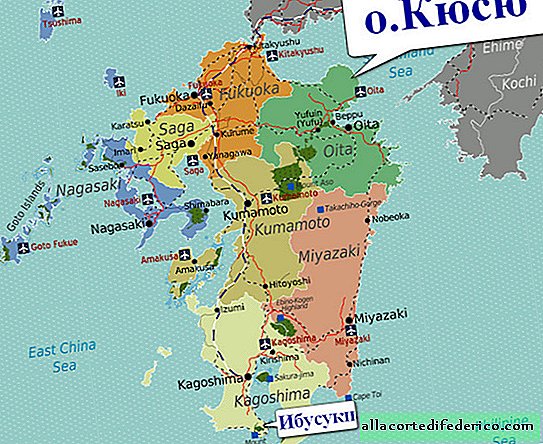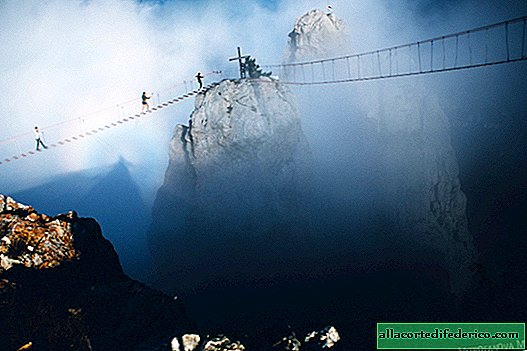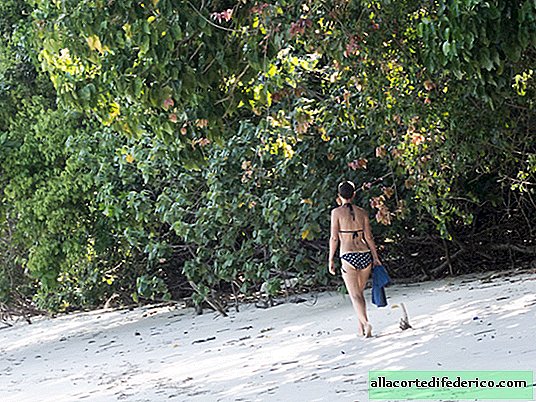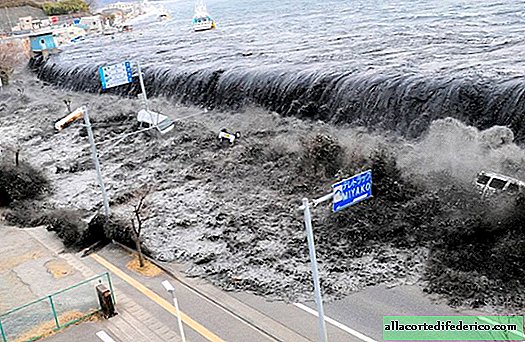The mystery of the fortress of Por-Bazhin in Tuva: why the rulers so quickly left the new palace
Photos of this ancient fortress located in the middle of the lake can be found in the collections of "the most mysterious and mysterious places in Russia" or other similar lists. Some authors even point out that the exact location of the ruins is still unknown, and skeptics even believe that the fortress does not exist. In fact, the location of the Por-Bazhin fortress has not been a secret for a long time: several archaeological expeditions have already been here.
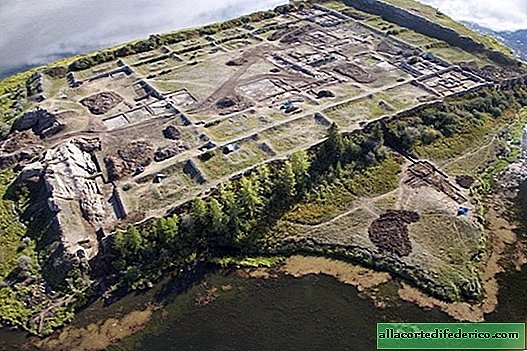
The ruins of the ancient Uigur fortress Por-Bazhin are located in the Republic of Tuva on Lake Tere-Khol, not far from the border with Mongolia. The ruins of this historical complex, which date back to the period of the Uigur Kaganate, were first described by Siberian researcher Semyon Remezov in 1701, and later investigated by D.A. Clemenes in 1891. In the 50-60 years of the last century, large-scale archaeological research was carried out on the island.

The Tuvan name of the fortress is Por-Bazhy, which means "clay house". The size of this building, located on a small island, is 160 meters by 220 meters, and its area is about 3.5 hectares. In the summer of 2007 and 2008, large-scale archaeological research was conducted on the territory of the Por-Bazhin fortress, which shed light on some circumstances of the construction of this complex.


Another interesting feature of the Por-Bazhin fortress is its layout. The fortress was severely damaged by time and the devastating earthquakes that were in this region, but nonetheless, scientists were able to reconstruct its appearance. It turned out that the structure and shape of the fortress is very reminiscent of the traditional Chinese temple complexes of that time. The fortress has the shape of a rectangle, inside which there were buildings along the perimeter, the central square and a larger palace building. The entrance to this complex was located on the east side, where the ruins of a gate with towers were discovered. The height of the walls was about 9-10 meters, and the buildings are made of clay and burnt brick. During excavations, a neatly folded Chinese tile was also found in one of the interior of the fortress.

Perhaps the religious complex or palace of the ruler in the Chinese style was built by decree of the wife of Boyan-Chor or wife of Bogyu-kagan, it is known that they were both Chinese princesses. But just at the time of the construction of Por-Bazhin, or immediately after the construction was completed, there was a change in the ruling circles in the Uigur Kaganate - the anti-Manichaean rebellion. As a result of the coup, the ruling elite, led by Bogyu-Kagan, was destroyed. Thus, it turns out that the temple complex, built as a future residence, was either never used, or an extremely short time lived in it. Perhaps the inhabited fortress or temple complex was left in a hurry. Despite numerous studies, not a single burial site was found in the complex.












